Water Palace, Jaipur
A floating marvel of Rajasthani architecture
The Water Palace (Jal Mahal) in Jaipur is one of India’s most photographed monuments. This architectural gem appears to float magically on the serene waters of Man Sagar Lake, creating an absolutely stunning sight that stops people in their tracks.
Built in the 18th century during the reign of Maharaja Jai Singh II, the Water Palace represents the perfect blend of Rajasthani and Mughal architecture. Initially constructed as a royal residence for duck hunting parties, this five-storey palace has four floors submerged underwater when the lake is full.
Architectural features and design elements
The Water Palace showcases exceptional architectural heritage through its distinctive features. The red sandstone structure exhibits intricate craftsmanship with its symmetrical design and traditional Rajasthani elements. Ornate corners and elegant terraces adorn the visible floor, while traditional chattris (domed pavilions) grace the rooftop, adding to its royal charm.
The palace walls feature elaborate carvings and motifs typical of Rajasthani architecture, while the Mughal influence is evident in its gardens and water features. The incorporation of these diverse architectural styles demonstrates the cultural amalgamation that characterises Rajasthan’s heritage..
Man sagar lake: The palace’s stunning setting
Man Sagar Lake, an artificial water body created in the 16th century, provides the perfect backdrop for the Water Palace. The lake spans approximately 300 square kilometres and serves as a significant water reservoir for Jaipur. During monsoon season, the water level rises to submerge four floors of the palace, creating an illusion of the structure floating on water.
Conservation efforts and current status
Recent heritage conservation initiatives have helped restore the Water Palace to its former glory. The Rajasthan Tourism Development Corporation has implemented various measures to preserve this architectural marvel.
While the palace interior remains closed to the public, its exterior continues to captivate observers from the lake’s edge. Conservation work includes water quality improvement in Man Sagar Lake, structural reinforcement of the palace foundations, and restoration of the traditional lime mortar work. These efforts ensure that future generations can appreciate this remarkable piece of architectural heritage.
Best times to experience the water palace
The ideal time to visit the Water Palace in Jaipur is between October and March when the weather is pleasant. During sunrise and sunset, the palace creates magical reflections on Man Sagar Lake, offering spectacular photography opportunities.
The monsoon season transforms the landscape, but winter months provide the clearest views of this remarkable structure.
Summary
The Water Palace stands as a remarkable example of Rajasthan’s architectural heritage, combining practical design with aesthetic beauty. This unique monument continues to enchant people with its mysterious charm and serves as a symbol of Jaipur’s rich cultural history.
Unfortunately I did not have time to explore this marvel as time was short. I have to be content with a few (three actually) photos from the side of the road.

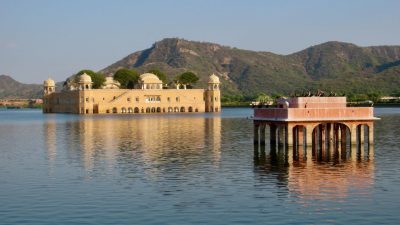
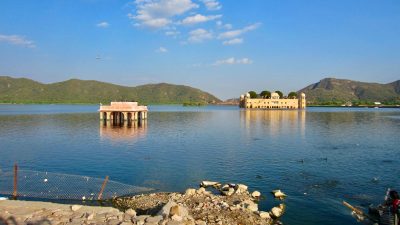
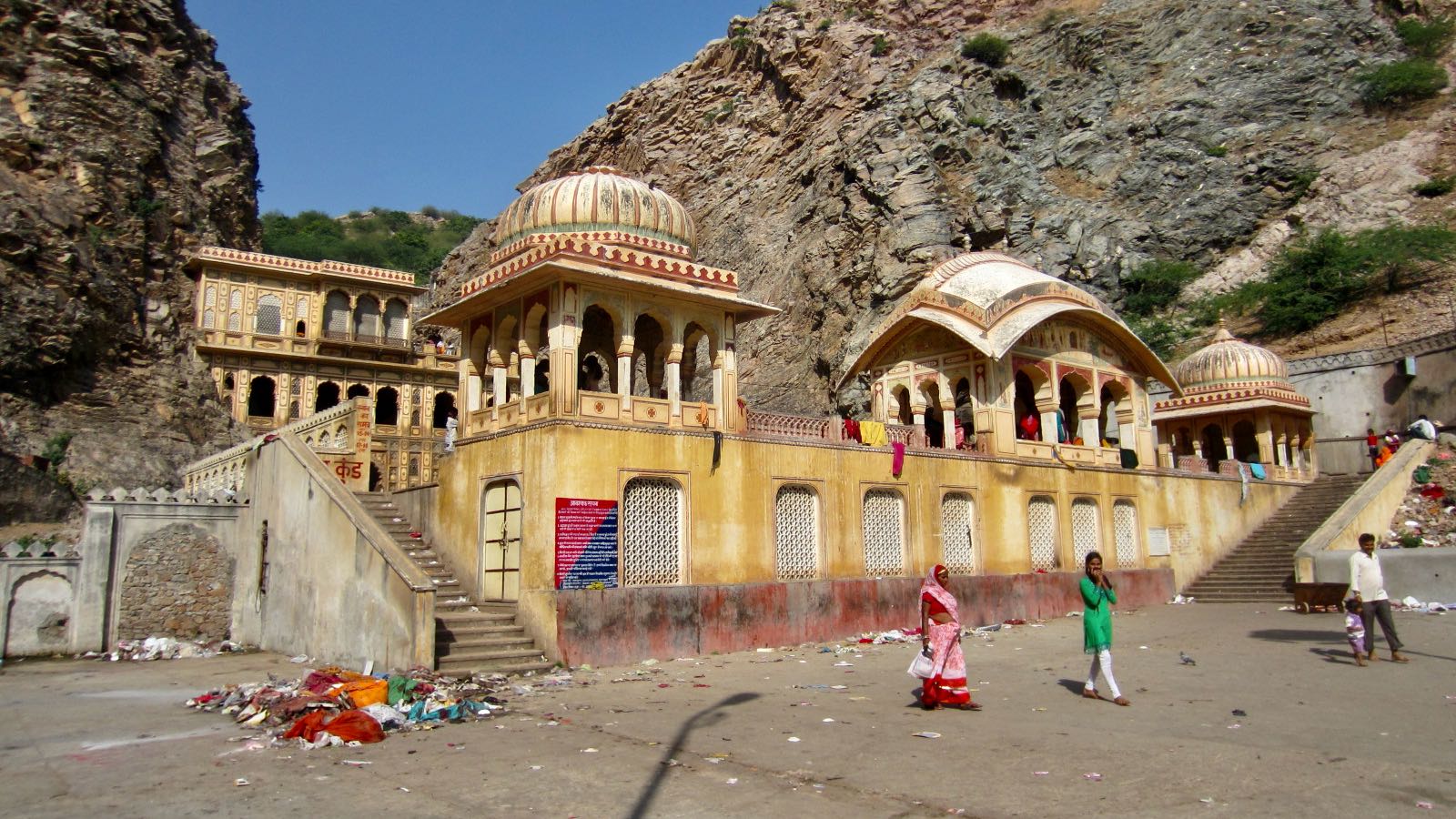

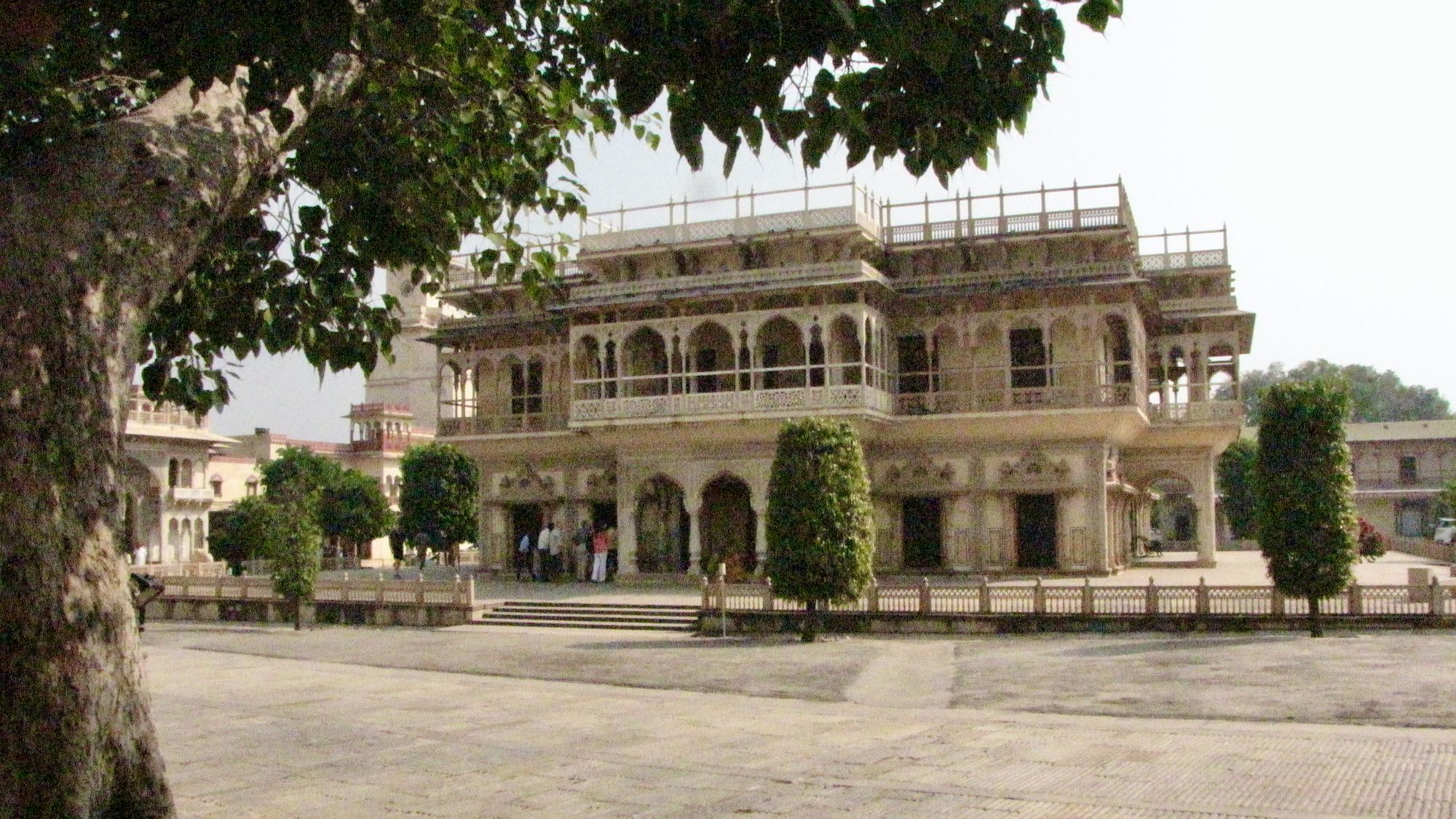
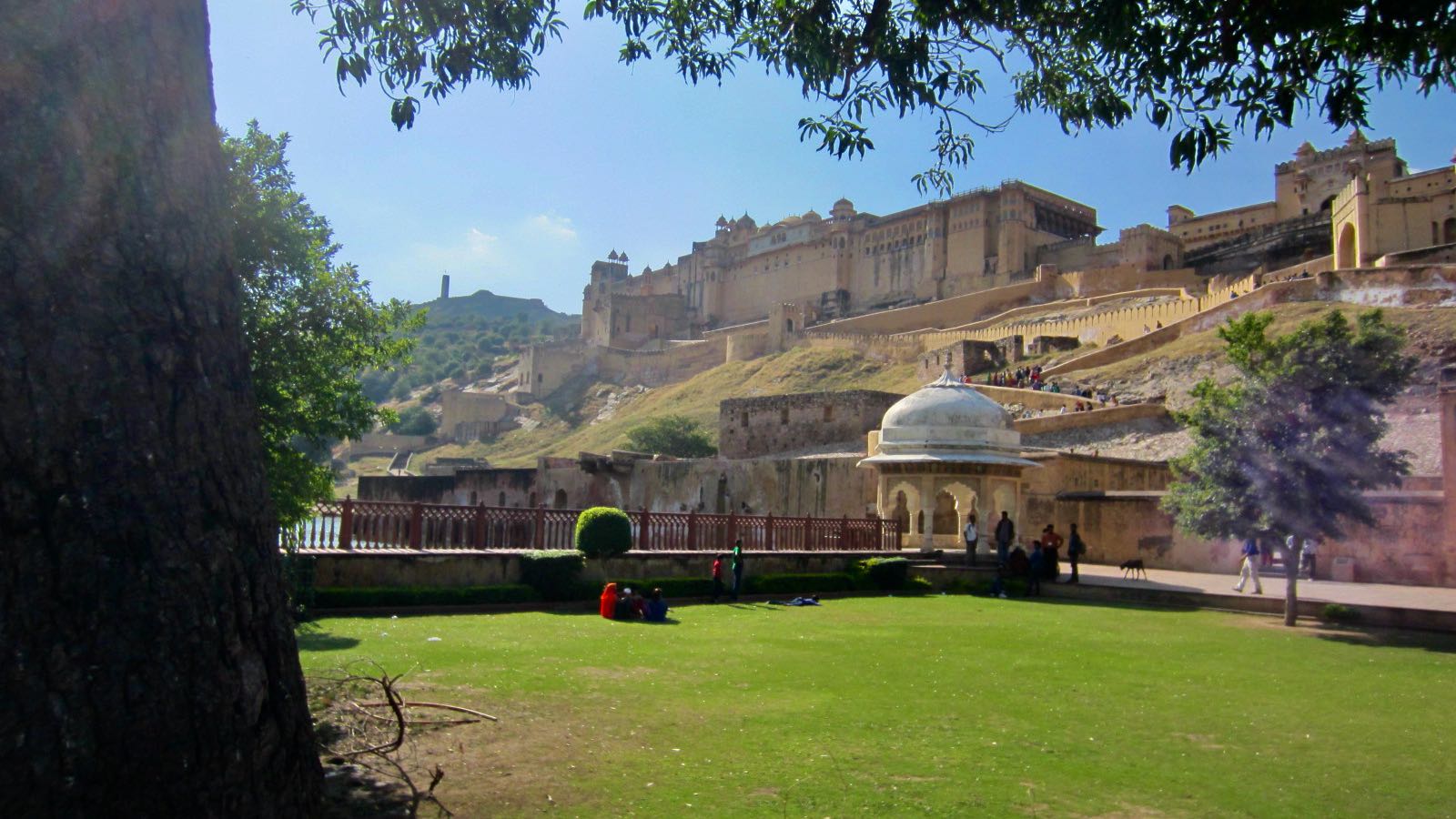

Leave A Comment